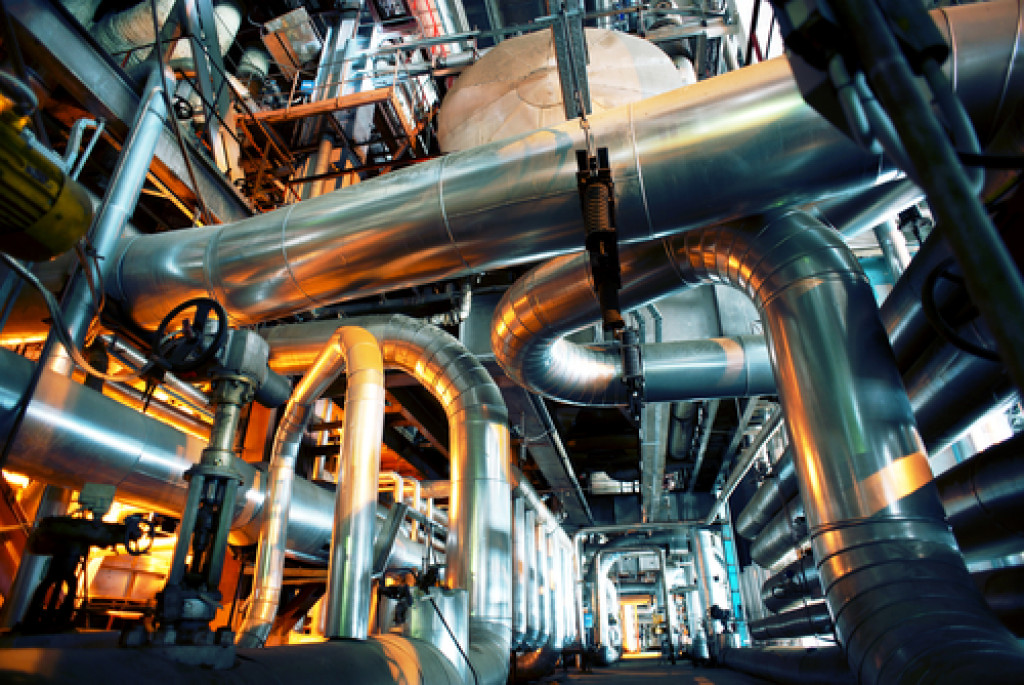- Regular safety training and drills are necessary to equip employees with knowledge of handling hazardous elements.
- High-quality personal protective equipment (PPE) should be provided and regularly inspected for wear and tear.
- Maintaining equipment through regular checks and encouraging employee reporting can prevent accidents from malfunctions.
- Proper signage and labeling are essential in communication and should utilize clear, universal symbols.
- Durable solutions like urethane flooring can have multiple benefits, including safety, cleanliness, and durability.
The industrial business world carries challenges, and safety remains paramount among them. Ensuring a safe environment protects your workforce and increases efficiency and productivity. As you navigate the complexities of running an industrial business, here are five tips to help fortify your operations’ safety protocols.
1. Regular Safety Training and Drills
Knowledge is your primary defense against accidents. Equip your employees with the right training to handle machinery, chemicals, or any other hazardous elements they might encounter. Such training shouldn’t be a one-off event; it needs to be recurrent to accommodate new hires and refresh the memory of existing employees.
Besides training, regular safety drills are essential. Whether it’s an evacuation drill or a machinery malfunction simulation, these drills ensure that employees are prepared for emergencies, reducing panic and ensuring an orderly response to unforeseen events.
2. Invest in High-Quality Personal Protective Equipment (PPE)

PPE acts as the last line of defense against industrial hazards. Whether it’s helmets, gloves, goggles, or respiratory masks, ensuring your team has access to and consistently uses high-quality PPE is non-negotiable. This equipment should meet the industry standards and be regularly inspected for wear and tear.
However, merely having PPE isn’t enough. It’s crucial to train your workforce on its proper usage. This includes understanding when and how to wear it, storing it correctly, and recognizing when it’s due for replacement.
3. Maintain Equipment and Machinery
A significant portion of industrial accidents can be attributed to equipment malfunctions. Regular maintenance checks can help identify potential problems before they escalate into more significant issues. Every piece of machinery, regardless of frequency, should have a documented maintenance schedule.
In addition to regular checks, foster a culture where employees are encouraged to report any irregularities they notice with equipment. Sometimes, the people using the machinery daily can spot minor issues long before they might show up during a scheduled inspection.
4. Ensure Proper Signage and Labeling

Clear communication is a cornerstone of safety in an industrial setting. Proper signage helps in guiding employees, especially in hazardous zones. Clear signs can prevent many accidents, whether it’s a wet floor, a high-voltage area, or a zone with moving machinery.
Labeling is equally important, especially when dealing with chemicals or specialized equipment. Every container should be correctly labeled with its contents and any associated hazards. Similarly, machinery should have clear instructions or warnings about its operation.
Here are tips to ensure proper signage and labeling:
Use Clear and Universal Symbols
Ensure your signs and labels utilize universally understandable symbols. Adopting standard symbols ensures that even visitors or new employees immediately grasp the message. This practice is particularly crucial for international establishments. For instance, a sign indicating fire hazards should be clear and internationally recognized to prevent misunderstandings and ensure swift, appropriate responses to emergencies.
Strategic Placement of Signage
Place your signs strategically where they are most likely to be seen. For instance, a ‘Wet Floor’ sign should not be tucked away in a corner but placed prominently in the area where the hazard exists. Similarly, signage indicating the presence of heavy machinery should be placed at all access points to the area, ensuring anyone entering is adequately warned.
Regular Updates and Maintenance of Signage
Signs and labels should be maintained to keep them visible and clear. This maintenance includes regular cleaning, checking for wear and tear, and replacing faded or damaged signs. Moreover, as your business evolves and new hazards emerge, you should continually assess and update your signage to reflect these changes.
Training Employees on Signage Importance
While having proper signage is essential, ensuring your employees understand and respect these signs is equally crucial. Regular training sessions should include the importance of signage, what each sign means, and the consequences of ignoring them. This awareness will encourage a safety-conscious culture within your industrial business.
5. Opt for Durable and Safe Flooring
The flooring in an industrial setting is more critical than many realize. Slippery or uneven floors can be a significant hazard. Investing in high-quality urethane flooring is excellent for many industrial businesses due to its durability, chemical resistance, and non-slip properties.
Beyond just safety, urethane flooring offers other benefits that can be vital in an industrial setting. It’s easy to clean and essential in industries dealing with chemicals or requiring sterile environments. Its durability means it can withstand heavy machinery and high foot traffic without degrading quickly. Given these advantages, investing in urethane flooring can be a decision that boosts both safety and operational efficiency.
Final Words
Safety in an industrial business is a continuous journey and not a destination. By prioritizing safety training, investing in quality PPE, maintaining machinery, ensuring clear communication through signage and labeling, and opting for safe and durable flooring solutions like urethane flooring, you can create a work environment where safety is ingrained in the very fabric of your operations. Remember, a safe workplace is not just an obligation but a testament to your commitment to your workforce and the quality of your operations.


